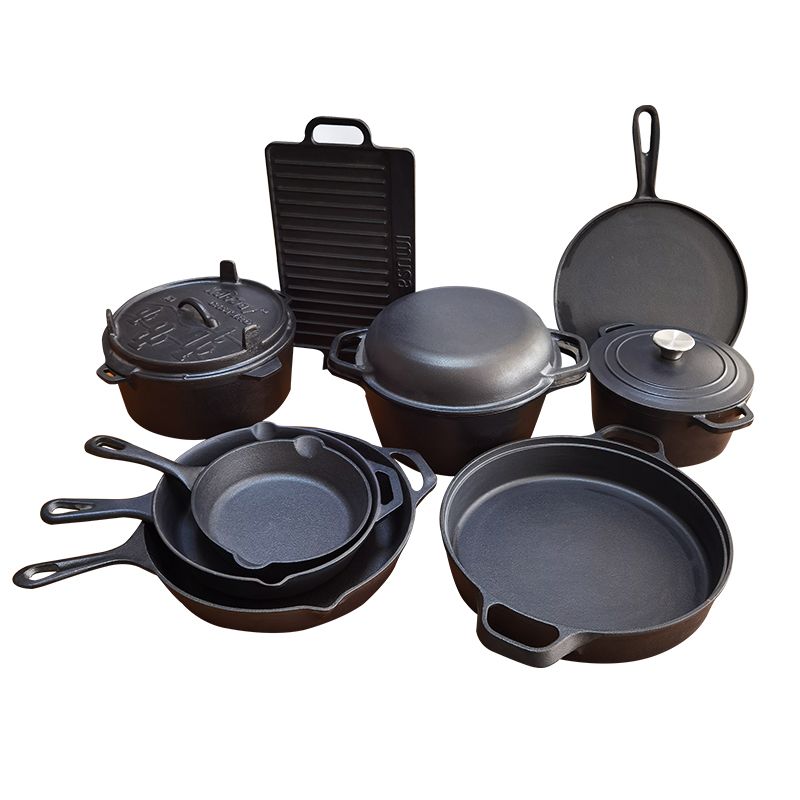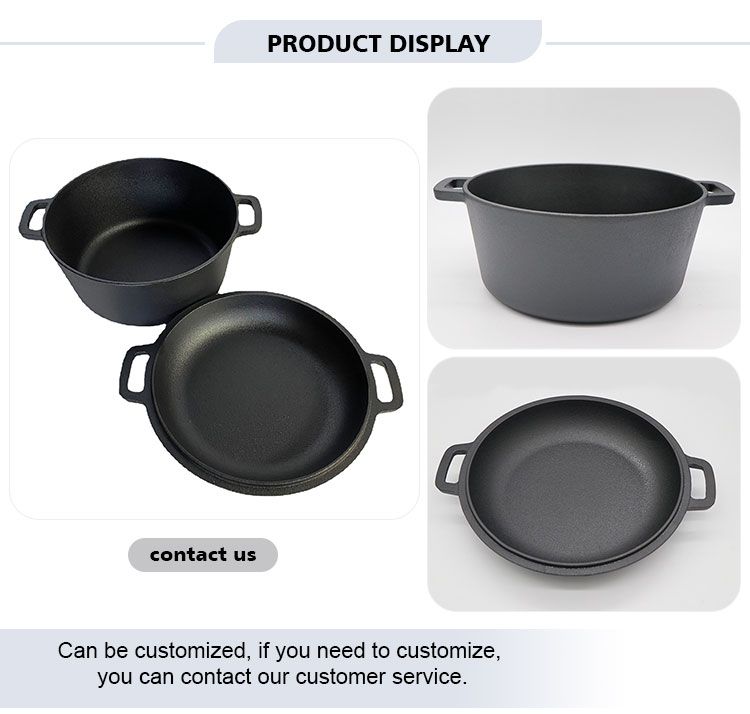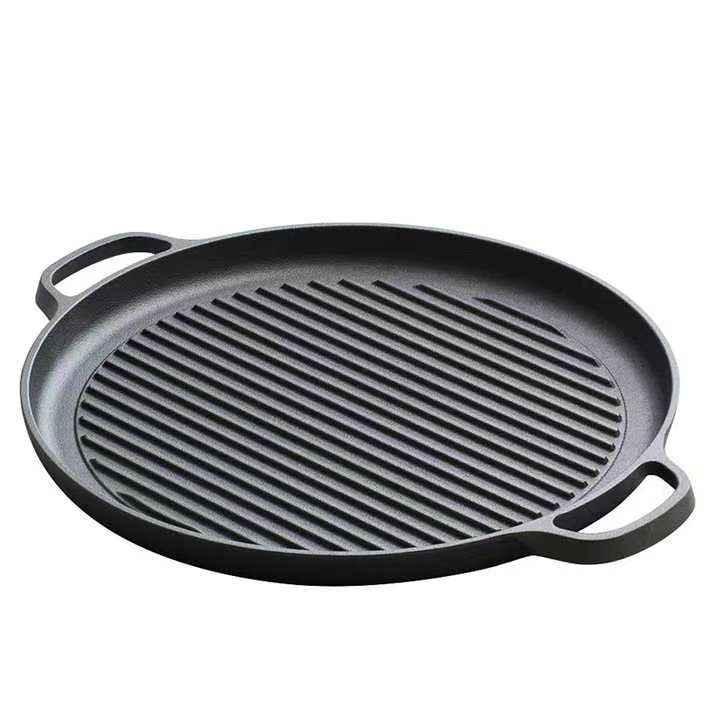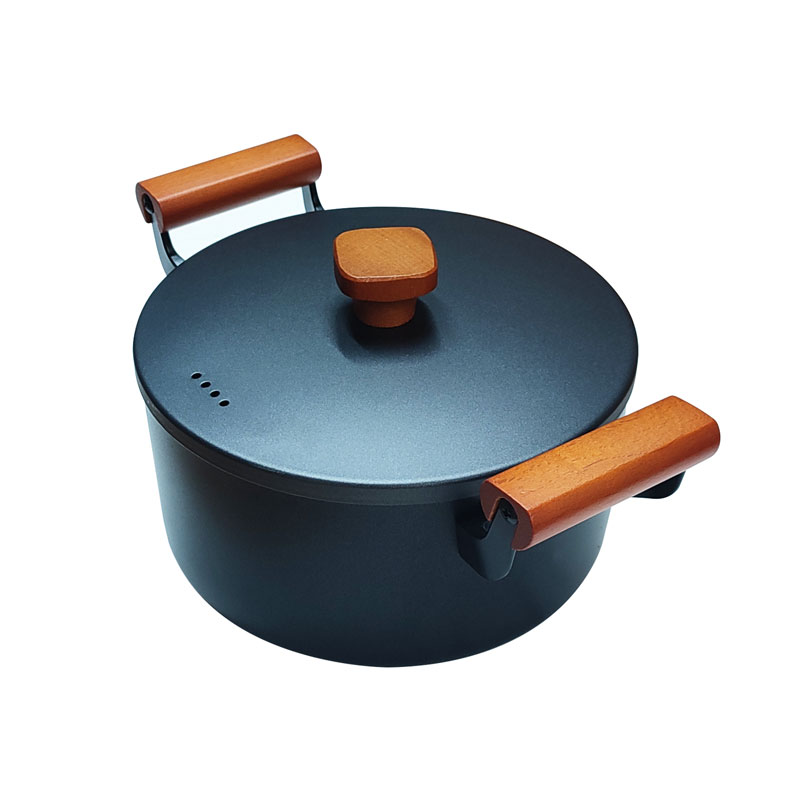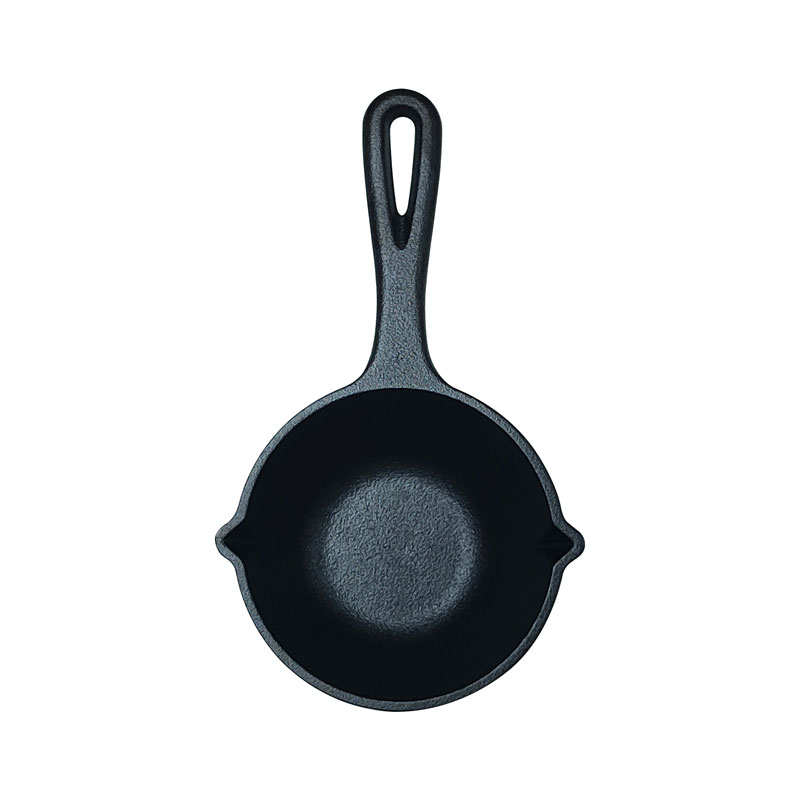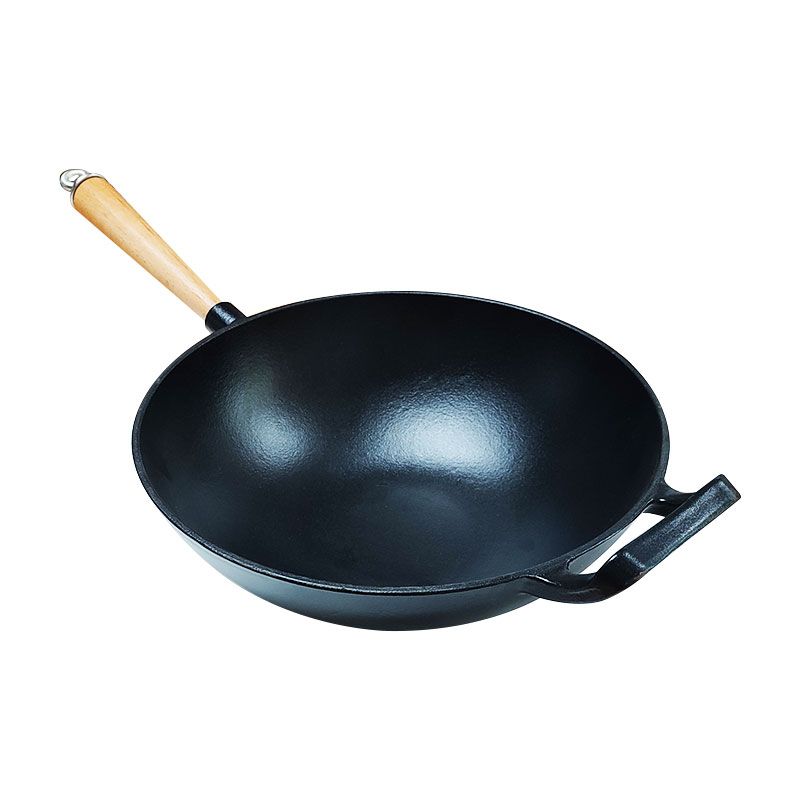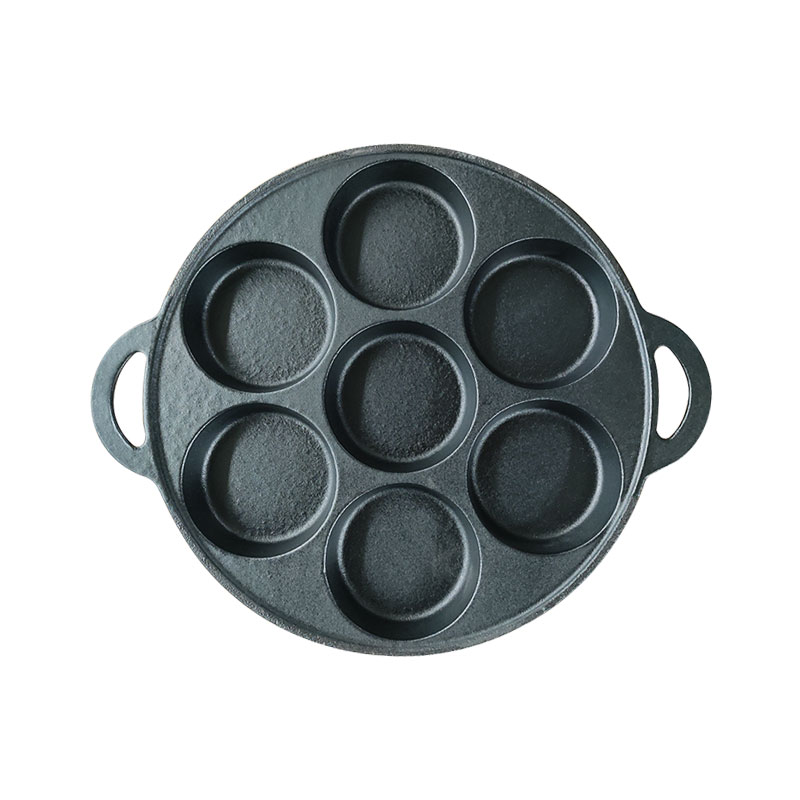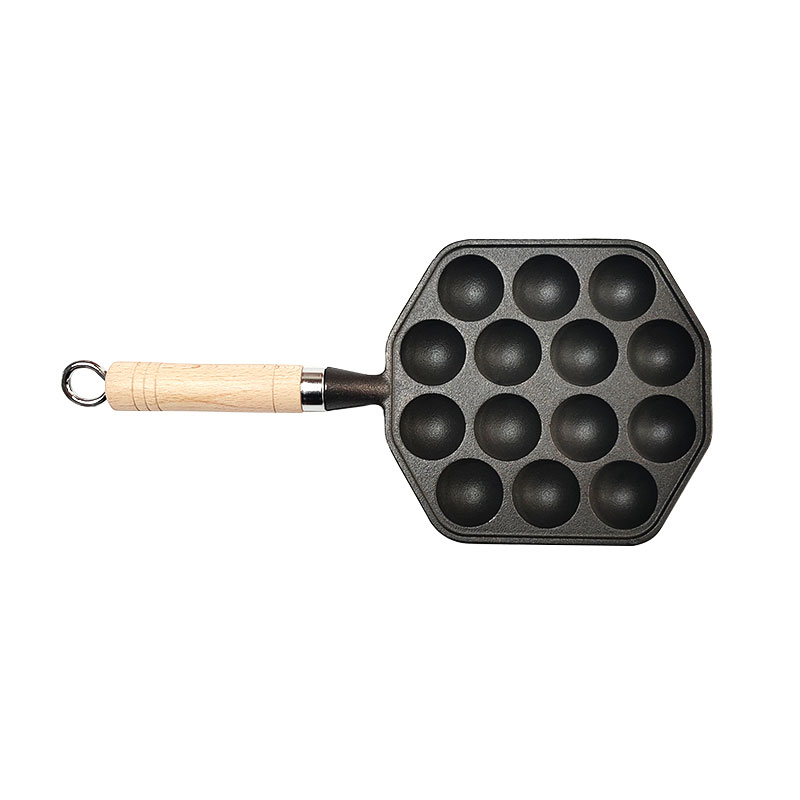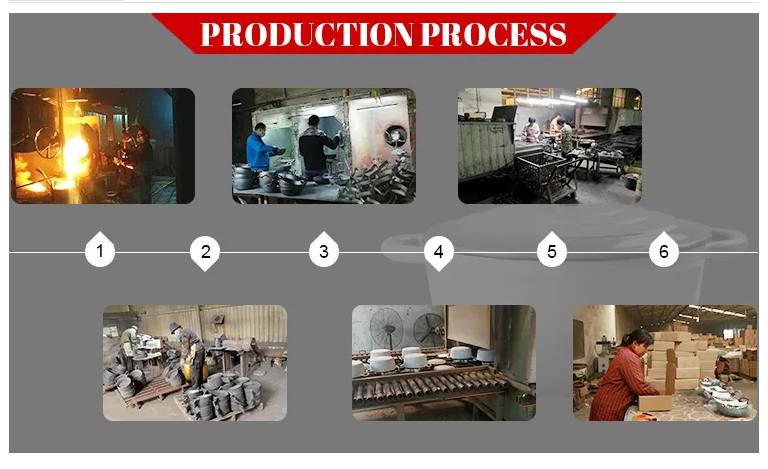For the iron pot we use in the kitchen, in addition to the normal use of daily maintenance is also a knowledge worth learning. After breaking down several aluminum and nonstick pots, I finally decided to buy a cast iron pot. Although I was not used to it at first, after a period of use and adaptation, I now like cast iron pots very much.
In fact, for most of the home kitchen, or such a simple and practical big iron pot to use the most convenient. In the following article, I will mainly introduce the knowledge about cast iron pot, including the principles and methods of use and maintenance, as well as the knowledge about purchase and safety.
No.1 철분 이해하기 냄비: 구매 방법 냄비?
According to the material, iron pot is roughly divided into 3 categories, raw iron pot with carbon content of more than 2% (cast iron pot), cooked iron pot with carbon content of less than 0.02% after purification (pure iron pot), and alloy pot with a certain proportion of other elements (stainless steel pot).
하지만 표면 처리 측면에서는 매우 다양한 범주가 있습니다. 에나멜, 레진 또는 페인트 분무, 전기 도금, 산화 흑화 등입니다.
The characteristics of the iron pot are mainly determined by the material. Pig iron is brittle and hardly malleable, which is why cast-iron pots are heavy. Wrought iron is soft and malleable, so it can be forged into very thin pot.
Surface treatment to a certain extent can improve the iron pot is not resistant to acid and alkali, easy to rust and other shortcomings, so that it is easier to maintain, at the same time, the price can be higher.
Functionally, a bare iron pot is enough. Very durable, conservative estimate 10 years or 80 years will be fine. The price is also cheap. But some nameless iron pots may have the problem of excessive heavy metals, so it is safer to buy branded ones.
고려해야 할 또 다른 요소는 라인에서의 선호도에 따라 모양, 제작 기술, 품질, 무게 및 기타 비강성 조건입니다.
No.2 왜 철분은 냄비 유지되다
When the iron pot was first bought, it was silvery white of pure iron itself. At this time, it is not only fried what sticks to what, but also easy to rust. You can’t cook like that. We have to figure something out.
The most direct way is to coat it with a nonstick layer. The use of PTFE and other materials as non-stick coating, that is only a few decades ago. The method we’ve been using since ancient times is actually oil plating.
It was discovered early on that cooking with oil in an iron pot would get better and better, and the pot would get darker and less sticky. In order to achieve this initial effect in the first place, there is the “boiling pot” procedure. The traditional way to boil a pot is to clean it and cook it over and over again with lard.
Grease in high temperature, aerobic conditions will occur decomposition, oxidation, polymerization and other reactions, and the so-called pot and pot, in fact, is the use of these reactions.
그리스의 고온 반응 과정에서 일부 휘발성 작은 분자는 그을음으로 변해 사라지고, 다른 분자는 중합, 탈수, 축합 등의 반응을 통해 큰 분자를 형성하여 철냄비에 부착됩니다. 이것이 철냄비에 검은 산화피막이 형성되는 원인입니다. 철은 이 과정에 탁월한 촉매 역할을 합니다.
So it’s exactly the same principle as a nonstick pot. Equivalent to our own use of the nature of grease to iron pot ”plated” a layer of high score non-stick layer, but the composition is complex, almost every pot has its own unique composition, can be made into a non-stick pot.other materials made of non-stick pot, coating scratch the pot can not be used. But our homemade rust-proof coating, when scratched, can be maintained, and it’s a good pot again. This is the reason and principle of iron pot maintenance.
3번 아이언 냄비 유지 관리 방법
우리의 목표는 단순히 더 강하고 두꺼운 산화막을 얻는 것입니다.
The tighter the bonds between the molecules, the stronger they are. So the more unsaturated the oil, the better. Flax seed oil is the most prone to oxidation polymerization and the most effective oil. Soybean oil, sesame oil, sunflower oil, corn oil and other polyunsaturated fatty acid content is also good.
다른 기름도 사용할 수 있지만, 아마씨유처럼 결합 조직이 촘촘하지 않습니다. 냄비에 물을 끓일 때 흔히 사용하는 라드는 전통적으로 전해 내려오는 기름일 뿐이며, 실용적인 면에서 일반 식물성 기름만큼 좋지 않습니다.
With the ingredients in place, the next thing is to get them ready to react. The correct way to do this is to evenly and thinly grease the inside of a pot with kitchen paper, then set the heat on high and turn the sides of the pot until it is all dry and there is not much smoke. Then apply a thin coat of oil, burn again, repeat several times. (i.e. boiling step)
The uniform overlapping of several layers of oil film makes it physically denser. General online sellers will provide free boiling service. If you do it yourself, be aware that the surface of the new factory pot will be covered with mechanical protective oil and must be carefully washed off. You can boil a pot of water and put it on fire to dry, then wash it with dish washing liquid and put it on fire to dry, repeat 2-3 times.
If an iron pot is badly rusted during use, remove the rust with vinegar and a brush before returning to the pot.
In the process of using the iron pot, the oil film will naturally become thicker and thicker. Scuff caused by local scratching can be repaired with just one or two more dishes. It’s okay to use it occasionally to simmer water.
The process of “pot cultivation” is not complicated, we also break it down into two basic goals: to prevent rust and reduce oil film shedding.
Rust prevention: The key point of rust prevention is waterproof. Be sure to dry or dry after each use, and do not hold water overnight. If you’re not going to use it for a long time, dry it in a layer of oil and store in a cool, dry place.
Reduce oil film shedding: We often say that the iron pot should not be washed with dish washing liquid, can not be used to boil water, at first use less acidic seasoning, these are reasonable.
No amount of talking is as good as using a cast-iron pan. With so much knowledge above, you should already know how to use and maintain a cast iron pot. Yes, that’s enough. Go ahead and use it. The steps I’ve outlined above are just a guide, and don’t worry if you don’t do it right. As you will discover, the iron pot is really durable!










